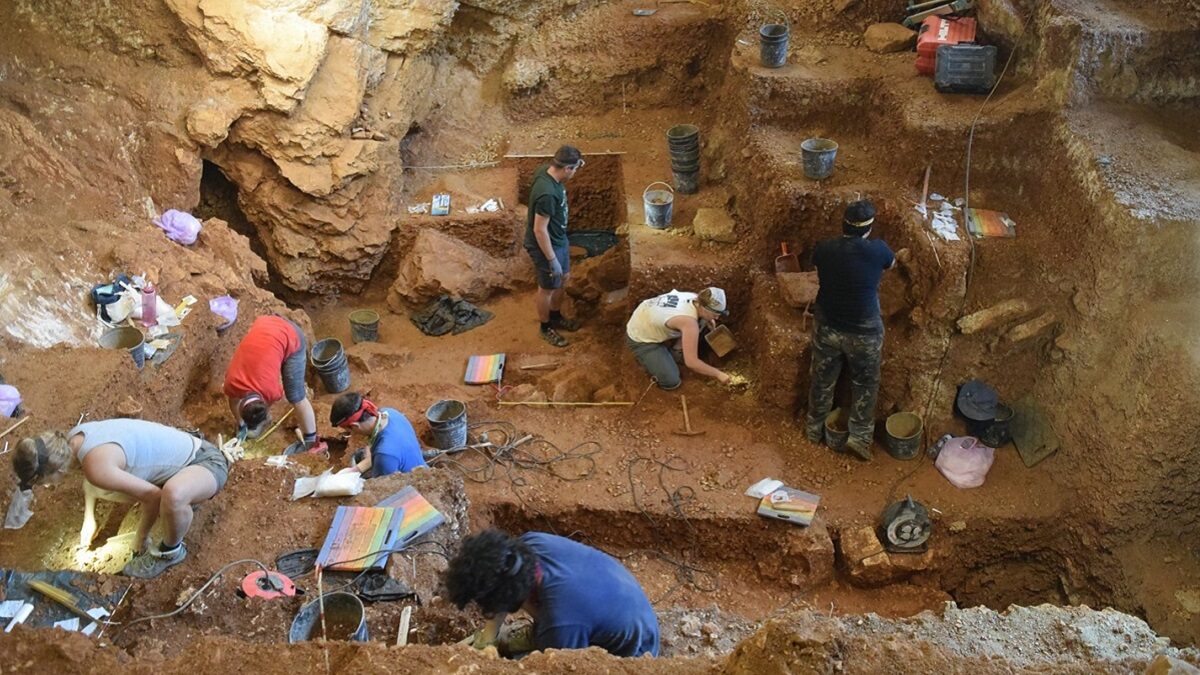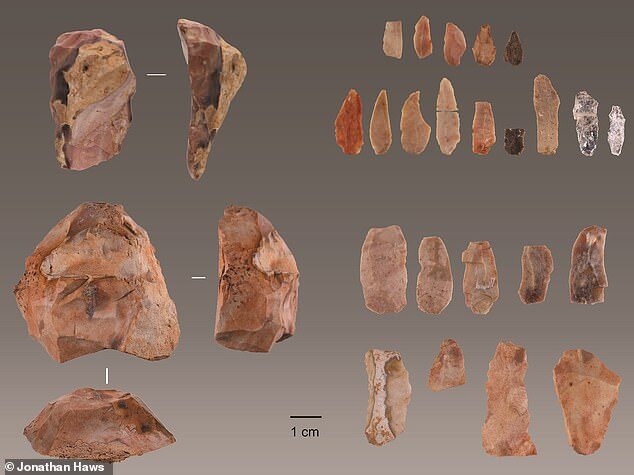
Archaeological evidence points to modern human settlement in westernmost Eurasia around 5000 years earlier than previous estimates, toppling suggestions that Neanderthals prevented our ancestors' dispersal throughout Europe.
The discovery "shows that modern humans moved rapidly across highly diverse landscapes and adapted to different climates and environments," explains Jonathan Haws from the University of Louisville, US, lead author of a paper published in the journal Proceedings of the National Academy of Sciences.
"Neanderthal populations were probably not very dense and therefore unable to prevent moderns from invading their territory," he adds.
"It also raises the possibility that the two groups were contemporary and interacted with one another, ultimately leading to the assimilation of the Neanderthals."
The international team, including researchers across Europe, unearthed stone tools used by our anatomical ancestors 41,000 to 38,000 years ago in the Lapa do Picareiro cave in central Portugal, an area Neanderthals are thought to have occupied 45,000 to 42,000 years ago.
The tools were Aurignacian period artifacts, technology associated with early modern humans in Europe. The team found them when working through 50,000 years' worth of well-preserved remains at the site.
Other rich deposits associated with the tools include thousands of bones left from animals that were hunted, butchered and cooked, analysed by Sahra Talamo from Germany's Max Planck Institute using modern radiocarbon dating techniques.
Similar artifacts have been found in layers of comparable age from northern Spain and southern France. Further south, the oldest evidence for modern humans came from Bajondillo Cave on Spain's southern coast.
"Bajondillo offered tantalising but controversial evidence that modern humans were in the area earlier than we thought," says Haws. "The evidence in our report definitively supports the Bajondillo implications for an early modern human arrival."
How they got there is still unclear, he adds. It's likely they followed east-west flowing rivers, but they could also have migrated along the coast.
A nearby cave contains evidence of Neanderthal survival until 37,000 years ago. As yet there's no evidence of interaction with modern humans. The tools used by our ancestors, featuring flint and small blades probably used for hunting with arrows, differ markedly to the stone-tool technology used by Neanderthals.
Harsh cold, dry conditions evidenced by paleoclimatic cave sediments would have been challenging to contend with, says co-author Michael Benedetti from Portugal's Universidade do Algarve, possibly disrupting Neanderthal habitats and opening them up for modern humans.
The discovery certainly opens a goldmine of material for further exploration - and after 25 years of excavating, they have yet to reach the bottom.
"We're still digging," says Haws, "and hope to find even more surprises."




Reader Comments